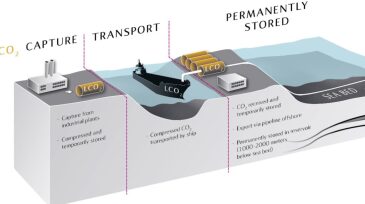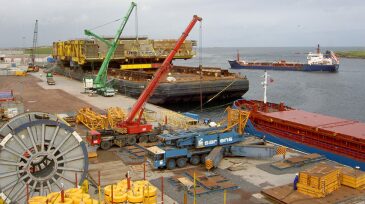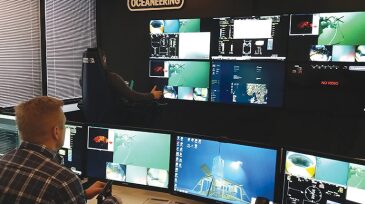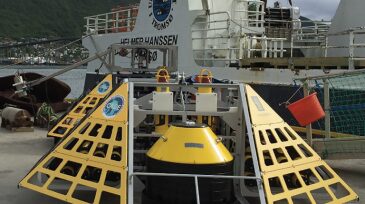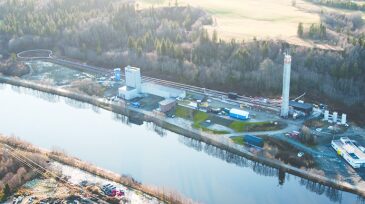Norway
-
Gassnova has assigned Statoil to evaluate the development of carbon storage on the Norwegian continental shelf. This will be the first storage site in the world receiving carbon dioxide from several industrial sources.
-
An audit of the Martin Linge project was conducted by the Petroleum Safety Authority Norway (PSA) on 28–30 March 2017. This was directed at technical safety, electrical equipment, maintenance management, and Total’s own follow-up of technical barriers during the commissioning phase.
-
Heavy-lift vessels aim for opportunities in decommissioning in UK North Sea and Norway and offshore wind projects.
-
Operators for remotely operated vehicles will be getting more remote in the future as land-based control begins to become a reality.
-
Anyone selling something new for offshore exploration and production has to be able to answer a simple question from customers, “How can we save some money?” For Norwegian oil companies, change is coming in many forms: steel, sensors, software, and standards.
-
The need to economically invest in offshore exploration and production has inspired a wide range of innovations in Norway to drastically reduce costs, which can lead to changes in offshore operations around the world.
-
One of the latest offshore innovations from Statoil is nothing flashy, which is the point. A drawing shows a plain, steel jacket, standing in water 110 m deep, topped with a flat metal deck.
-
Created by the Institute for Energy Technology in Norway in 1979, Olga was the oil and gas industry’s first transient multiphase flow model. A source of national pride, the program has been declared one of the country’s most important innovations in recent decades.
-
From 2009 to 2010, there was an increase in the number of well-control incidents on the Norwegian continental shelf reported to the Petroleum Safety Authority Norway (PSA).
-
This paper presents two real-field case studies from the Norwegian continental shelf that use available DFA data to support the assumptions made from other data on reservoir architecture between wells.

